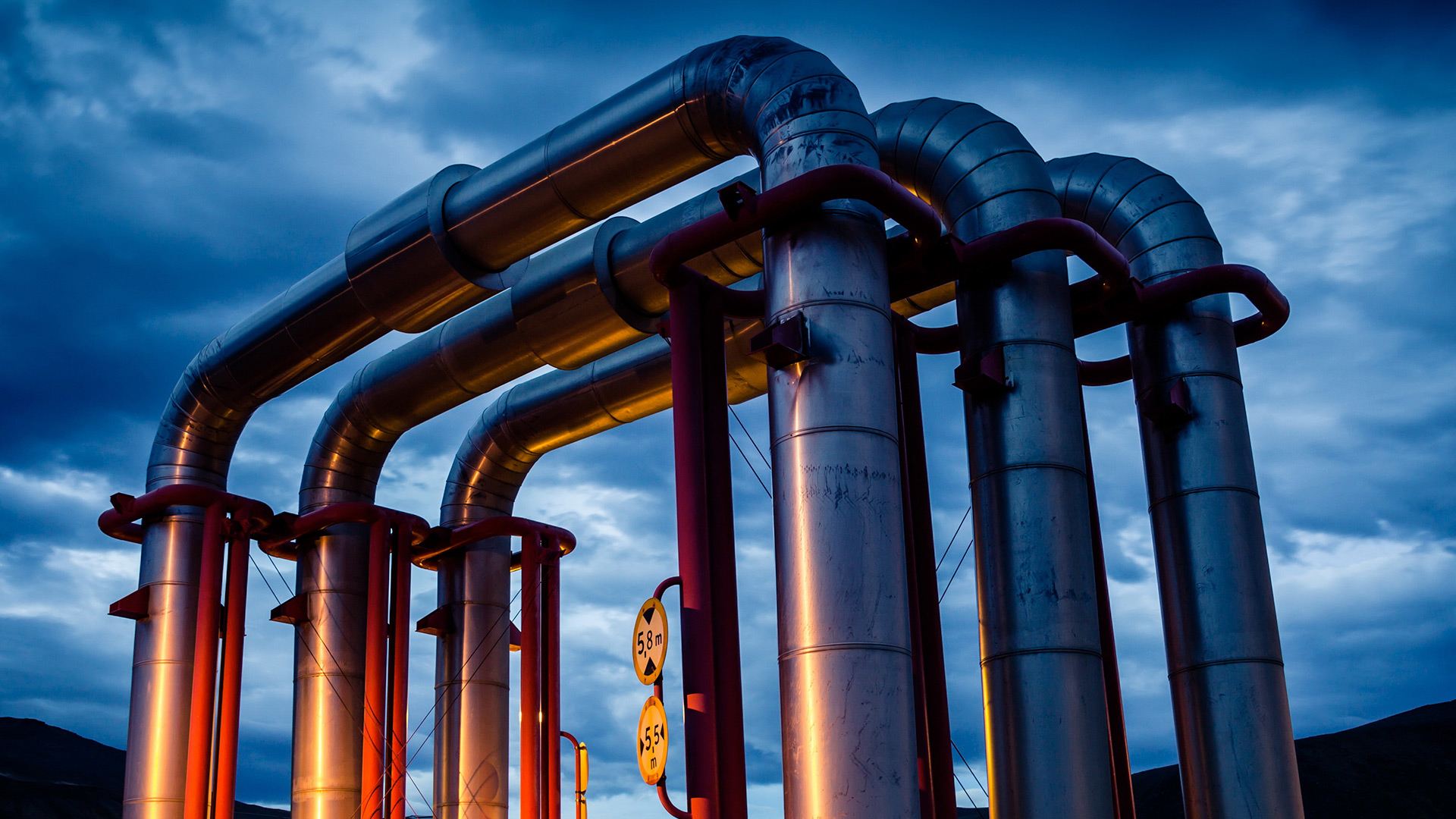In Redwater, the Supreme Court of Canada changed the landscape of abandonment and reclamation obligations (ARO) by clarifying the priority ranking in insolvency proceedings. Since that 2019 decision, regulators and energy companies have grappled with new and unexpected risks.
The recent dispute between SanLing Energy Ltd. and the Alberta Energy Regulator (AER) is an interesting example of how regulators can and will pursue companies that fail to manage ARO. From early warnings to ultimate (and very public) enforcement measures, SanLing offers a cautionary tale.
Background
SanLing was a privately held oil and gas company that operated in Alberta and British Columbia. It held several thousand licences for wells, pipelines and other facilities in Alberta, with a smaller presence in BC. The majority of its operations were concentrated in the Peace River Arch and the southern conventional regions of Alberta, from which it produced, on average in 2020, 4,638 boe/d. Over the past number of years, SanLing was subject to both regulatory and judicial action for failing to properly manage the ARO of its assets.
Regulatory action against SanLing
In April 2018, the AER determined SanLing’s liability management rating (LMR) had fallen below the mandated 1.0 ratio, and required SanLing to post a security deposit to make up the shortfall. SanLing failed, and continued to fail, to pay this security deposit. In response, the AER’s regulatory action was divided into two streams: the first encouraged SanLing to remedy its LMR standing; and the second was greater scrutiny of SanLing’s operations.
The AER’s efforts to encourage SanLing’s compliance with the LMR system focussed on SanLing’s submission of a liability management compliance plan, which was required to include the steps SanLing would take to manage existing ARO liabilities, and detail payment of the delinquent security deposit. In January 2019, the AER ordered SanLing to produce and submit a liability management plan. This was submitted and accepted. In September 2020 the AER notified SanLing that an updated liability management plan was required. However, SanLing’s updated plan, submitted in December 2020, was rejected after the AER reviewed a draft and engaged in meetings with SanLing.
While the AER increased scrutiny over SanLing’s operations and abandonment of assets, the full extent of the AER’s oversight is not documented. However, the record does indicate numerous occasions where non-compliance was found. In the spring and summer of 2020, the AER notified SanLing of three instances of general non-compliance, one of which resulted in targeted licence suspensions.
In September 2020, matters began to reach a head. The AER issued an order revising SanLing’s licence eligibility, thereby prohibiting SanLing from acquiring any additional licences. Later, in March 2021, the AER suspended all of SanLing’s licences, and required it to suspend all wells and facilities and discontinue all pipelines. SanLing was given 30 days to respond.
The March 2021 order was accompanied by a notably sharp news release that stated: “The AER has little confidence in SanLing’s ability to conduct its operations safely and is taking this measure to protect the public and environment and to minimize financial risk.” Not stopping there, the AER added: “If SanLing, or any company, wants to do business in Alberta, they must follow our rules […] We cannot allow a company that has ignored the rules [to] continue to operate—that’s not in Alberta’s interest.”
The Orphan Well Association (OWA) was authorized to take care and control of all SanLing assets.
Judicial action against SanLing
Unsurprisingly, in addition to the regulatory action taken by the AER, SanLing was targeted in an application by the OWA and the British Columbia Oil and Gas Commission, supported by the AER, to have a receiver appointed over its assets in BC and Alberta. A receiver was appointed and two months later SanLing was petitioned into bankruptcy. SanLing reported ~$34 million in total assets with ~$29.25 million in secured and unsecured debt. It also owed ~$67.6 million to the AER and ~$2.7 million to the BCOGC as ARO security deposits.
There are two noteworthy events in the judicial history, following appointment of the receiver:
- A Mareva injunction was granted, on application by the receiver, against certain shareholders of SanLing. This type of order prevents parties from transferring or encumbering assets for a period of time during which claims will be brought and heard, as well as a period of time after to allow for judgment collection.
- A disclosure order for all records held by a number of banks concerning the same shareholders was granted, once again on application by the receiver.
Conclusion
The SanLing saga demonstrates the AER’s technique of applying increasing pressure against operators that demonstrably fail to manage ARO. This pressure may include issuing notices and orders, requiring submission of plans and tendering of security deposits, and ultimately suspending licences. We note the AER appears to have taken a measured approach with SanLing over three years, allowing it numerous opportunities to comply.
Energy companies should be aware of how regulators will interact and react, and proactively respond if notice is given by regulators of potential ARO issues.
The author wishes to thank Kyle Havart-Crans, articling student, for his help in preparing this legal update.




